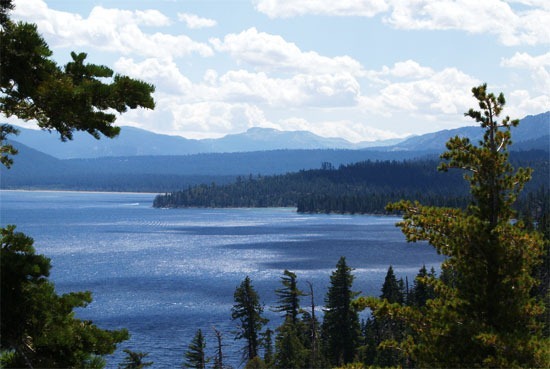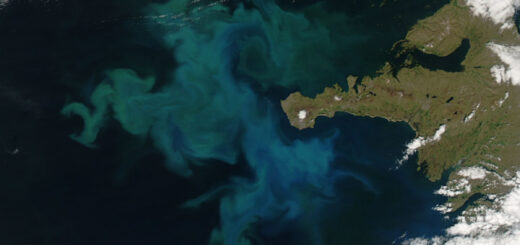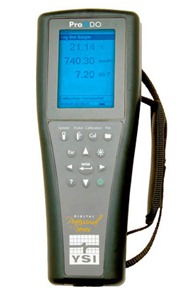Scientists Expand Global Lake Surface Temperature Database
0With data from independent researchers and groups like the Global Lake Ecological Observatory Network (GLEON), scientists at York University have compiled an expanded dataset on lake surface temperatures worldwide, according to a release from the school. The work will prove important to current and future investigations into the effects of climate change on Earth’s freshwater resources.
“Given the results of these previous studies and the observed rapid warming of lakes – as well as the important ecological and hydrologic implications – there has been a significant need to assemble and synthesize global records of lake temperature from both in situ and remotely sensed data sources,” wrote John Lenters, one of the study’s 74 authors and a scientist at LimnoTech, in a blog post.

Lough Feeagh in Srahmore, Ireland. (Credit: Flickr User Mariusz Z via Creative Commons 2.0)
The work was supported by the Global Lake Temperature Collaboration, an effort bringing together 82 investigators in more than 20 countries and those involved say the project couldn’t have been successful if not for the teamwork.
The resulting database covers the average summer surface temperatures for 291 lakes and reservoirs around the world, including many of the world’s largest lakes, like the Great Lakes, as well as those that are simply too small to be studied by satellites.
“Unfortunately satellites are generally restricted to observing lakes greater than 10,000 hectares and so miss out on 90 percent of the world’s lakes that are smaller and shallower,” said Sapna Sharma, professor of biology at York University and the study’s lead author, to Geographical.

The shoreline of Lake Baikal, Russia. (Credit: Flickr User Yuri Samoilov Photo via Creative Commons 2.0)
Before this database was compiled, satellite data were the only measurements available for scientists looking at global lake surface temperature trends. And the accuracy that approach lacked was evident. By bringing satellite data together with those collected by scientists working in lakes from the ground, researchers involved have taken steps toward changing that. And the next one will add more calculations to the dataset.
“Our plan is to include additional lakes, longer time periods and vertical temperature profile data,” said Sharma, in a statement. “This unique global dataset will offer an invaluable perspective on lake thermal conditions in this ever-changing global climate.”
The full study is published in the journal Scientific Data.













